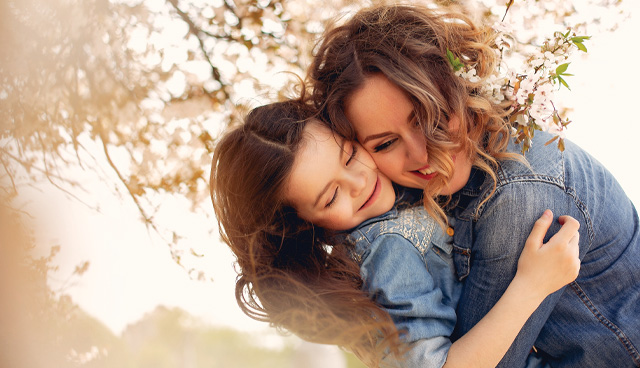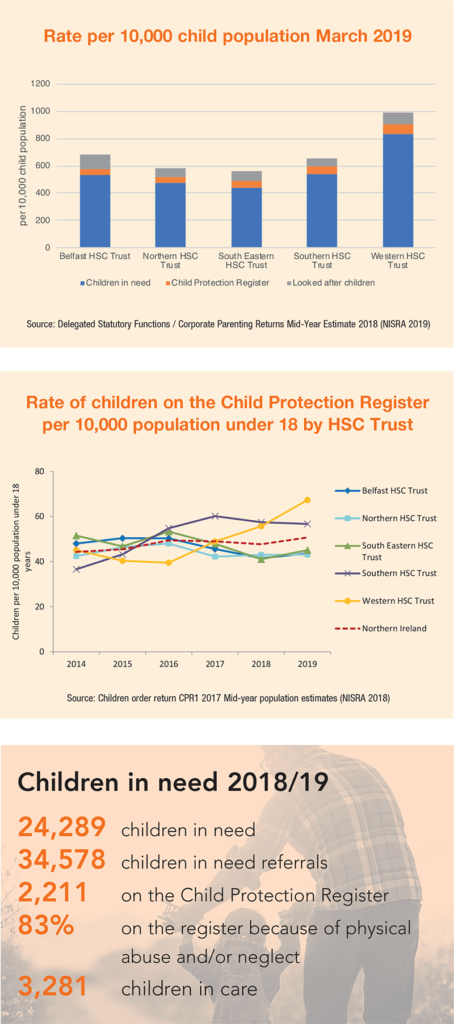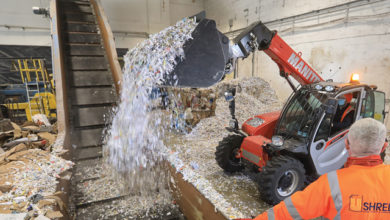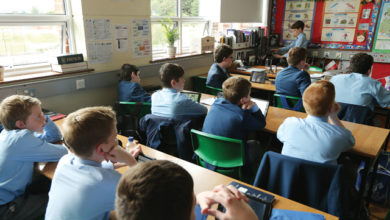Children in need

Over 5 per cent of children in Northern Ireland are known to social services as a ‘child in need’ and there is little evidence to suggest that efforts to reduce this figure are working.
Latest figures show that as of March 2019, 24,289 children in Northern Ireland were known to social services as a child in need, 5.5 per cent of the known number of children living in Northern Ireland. The number of children in need rose by 3 per cent over the year. A total of 34,578 children were referred to social services during 2018/19, a 4 per cent drop on the previous year.
Little progress has been made on reducing the number of children in need in the past five years. In 2013/14 there were 25,988 children in need compared to 24,289 in 2018/19. Additional to the children in need figure is a further 2,211 children on the Child Protection Register and 3,281 children in care of the HSC Trusts (a looked after child).
Greater analysis of the figures show that for every 10,000 children in Northern Ireland, an average of 554 were estimated to be in need. When this figure is broken down in to five health and social care (HSC) trusts across Northern Ireland, the Western Trust (837) had the highest rate of children in need per 10,000 child population and the South Eastern Trust had the lowest (441.8).
Of the 24,2898 children in need in Northern Ireland, 18 per cent were recorded as having a disability. Just under half of these had a learning disability.
Over a third of the over 24,000 children in need were Catholic (27 per cent), the largest identified grouping in relation to religion. This compared to 7 per cent for Church of Ireland and 8 per cent Presbyterian. A further 12 per cent were recorded in ‘other’ Christian faiths. Religious affiliation was not recorded for 30 per cent of all children in need.
Child protection
By March 2019, 2,211 children were listed on the Child Protection Register, the majority in relation to neglect of physical abuse. The 6 per cent increase in the number of children on the register occurred despite an 8 per cent drop in referrals by the HSC Trusts. The Northern Ireland rate of children on the register per 10,000 of the child population has risen from 44 in 2014 to 50 in 2019.
Since 2016 a decline in the rates of children on the register in the Belfast, South Eastern and Northern HSC Trusts has coincided with a steep rise in the rates of children on the register in the Southern and Western HSC Trusts.
Northern Ireland currently has the highest rate of children on the child protection register per 10,000 children when compared to England Scotland and Wales. Child protection figures show that Northern Ireland has not followed similar trends recognisable in the other regions. Following a steep increase up to 2009, Northern Ireland’s figures had been largely declining, however, since 2014 the numbers have been increasing again.
Children in care
A total of 3,281 children were in care in Northern Ireland at 31 March 2019, the highest figure on record since the introduction of the Children (Northern Ireland) Order 1995. The majority of these children were in foster care placements (79 per cent), 11 per cent had been placed with parents, 6 per cent were in residential care and 4 per cent were in other placements.
Over the year from 2018 to 2019 the number of children in care rose by 6 per cent and the number of children admitted to care rose by 4 per cent. The number of looked after children in Northern Ireland has risen by 33 per cent in the last decade.
Changes in the number of looked after children in the HSC Trusts between 2017/18 and 2018/19 ranged from an increase of 18 per cent in the South Eastern HSC Trust to a decrease of 1 per cent in the Northern HSC Trust.
The rate of looked after children in Northern Ireland has been steadily rising since 2011. Northern Ireland has higher rates of children in care per 10,000 children but lower rates than Scotland and Wales. A noticeable gap has opened up between the two jurisdiction on the island of Ireland in recent years. Since 2015, the Republic of Ireland has recorded a steady decrease in its numbers, where as Northern Ireland has recorded a general increase.
Information taken from the Children’s Social Care Statistics for Northern Ireland 2018/19.






